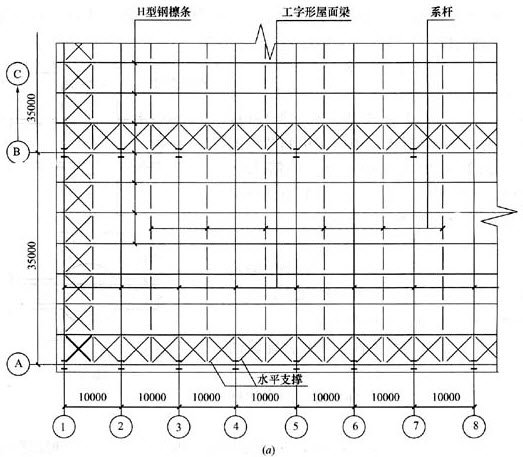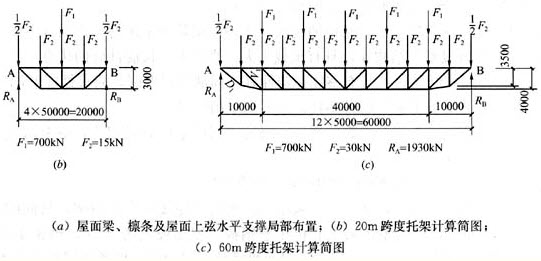The telecommunications, pharmaceutical, and airline industries all have undergone radical changes in recent years. Pharmaceutical companies, which once sold drugs to the doctors that dispensed them, switched to the solution-selling method and started dealing with health-care companies. And many major airlines consolidated at the same time that low-cost firms like Jet Blue entered the market.
In each of these industries, the game changed, and with new rules came new ways to win. That is the premise of Harvard Business School’s "Changing the Game. Negotiation and Competitive Decision Making." The program, which covers not only deal-making but also topics as diverse as online auctions and strategic partnerships, "is for companies that are going through fundamental change in the way things are done," says Max Bazerman, program chair and professor of business administration at the school.
This is not a program for novices, says Bazerman; most participants have already attended a general negotiation program. In "Changing the Game," participants learn to understand their thought processes regarding negotiation, to compare rational and intuitive decision-making strategies, and to identify common mistakes made by even the most experienced professionals. By focusing on competitive environments, the program draws on some of the most advanced concepts from the emerging areas of behavioral economics, behavioral decision research, and behavioral finance.
Participants engage in simulated negotiations that highlight the tension between creating and assessing value, and learn how to think about both simultaneously. The soup-to-nuts simulations encompass preparation, team building, negotiating, and feedback, as well as the development of a conceptual structure for thinking about negotiations more rationally. Participants then apply that structure in their critiques of several large-scale negotiation cases. Ultimately participants apply their newly-honed analytic skills to their own companies and critique of past negotiations.
Negotiations can take many forms, of course. Bazerman notes that auctions are becoming increasingly common. Thanks to a renewed focus on driving clown costs, auctions have emerged as a valuable way for buyers to exert maximum leverage (although the course offers advice to sellers as well). Here again, coursework focuses both on analysis of case studies and on simulations that give participants a chance to roll up their sleeves and put themselves to the test.
"Max’s approach is more pragmatic than other programs I’ve taken," says Gerry Dully, senior vice president of global marketing and logistics at Methanex, a producer of methanol based in Vancouver. "Looking at my prior experience, I could see what mistakes I made, and I’m more conscious of them now. The course had a profound impact on how I’ve modified my behavior in negotiating situations.
The word "novice" (first sentence, Para. 3) probably refers to()
A. a person with no previous experience
B. an ordinary employee in a company
C. a specific strategy for business negotiation
D. a professional negotiator for a company



